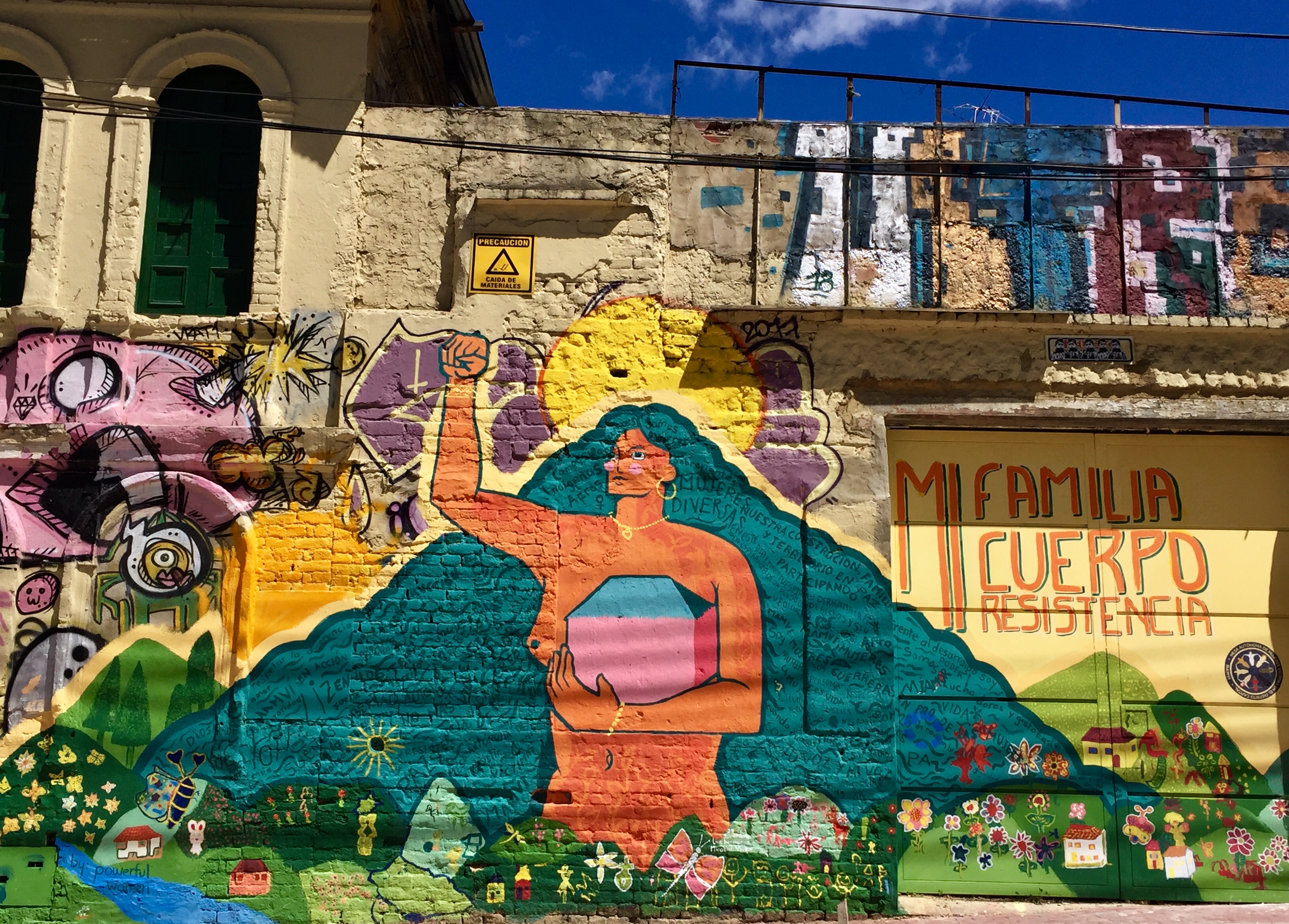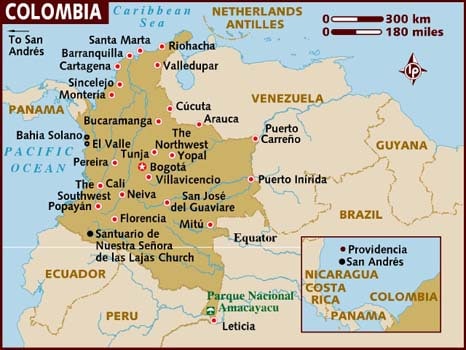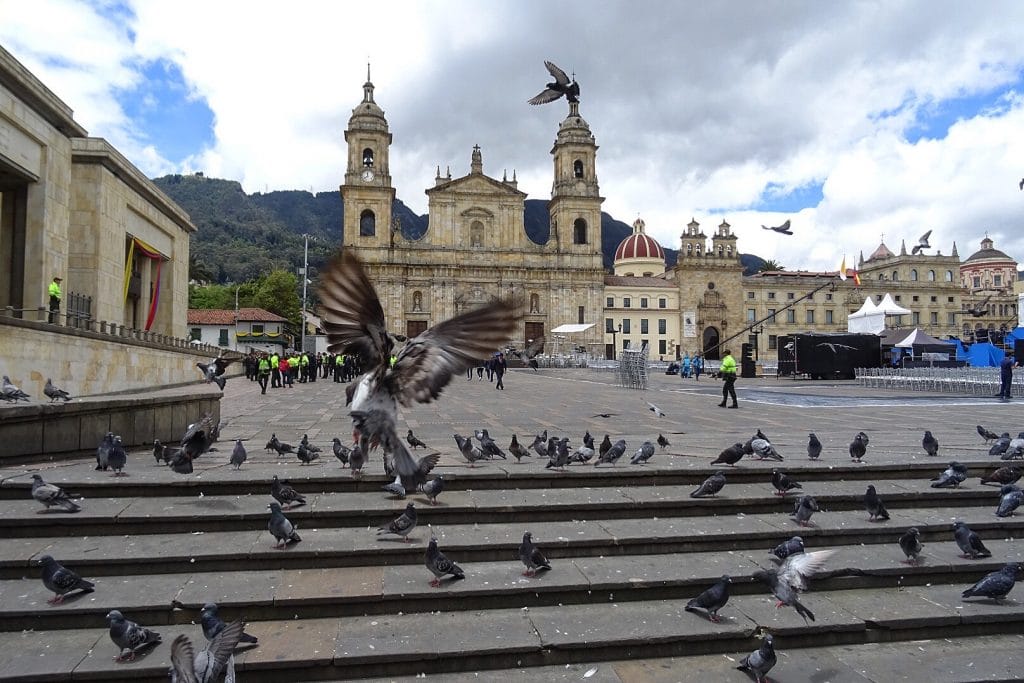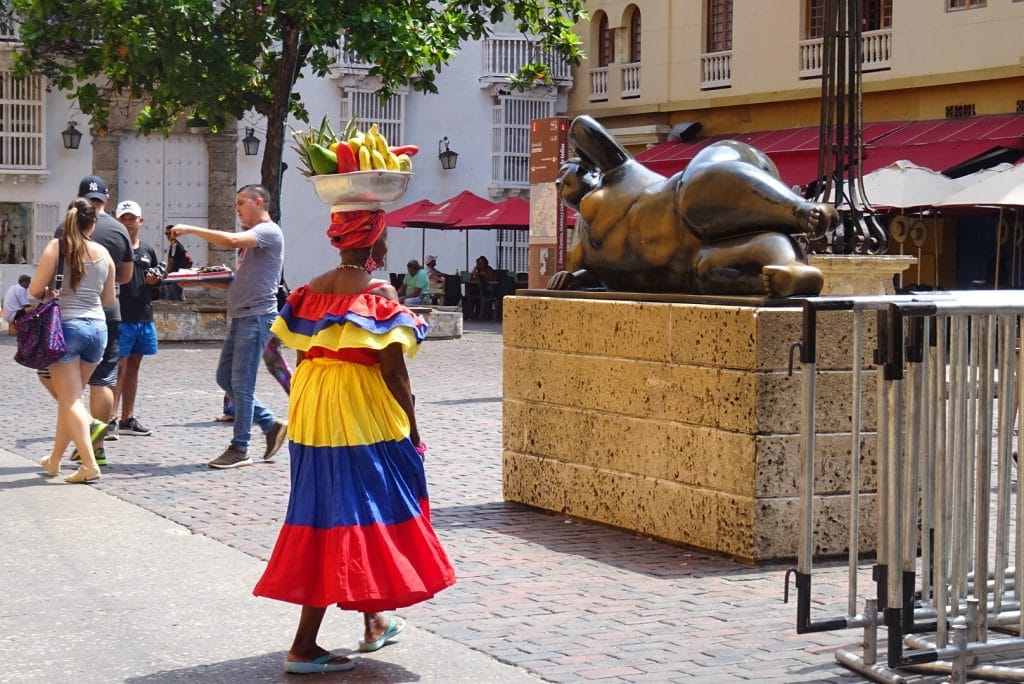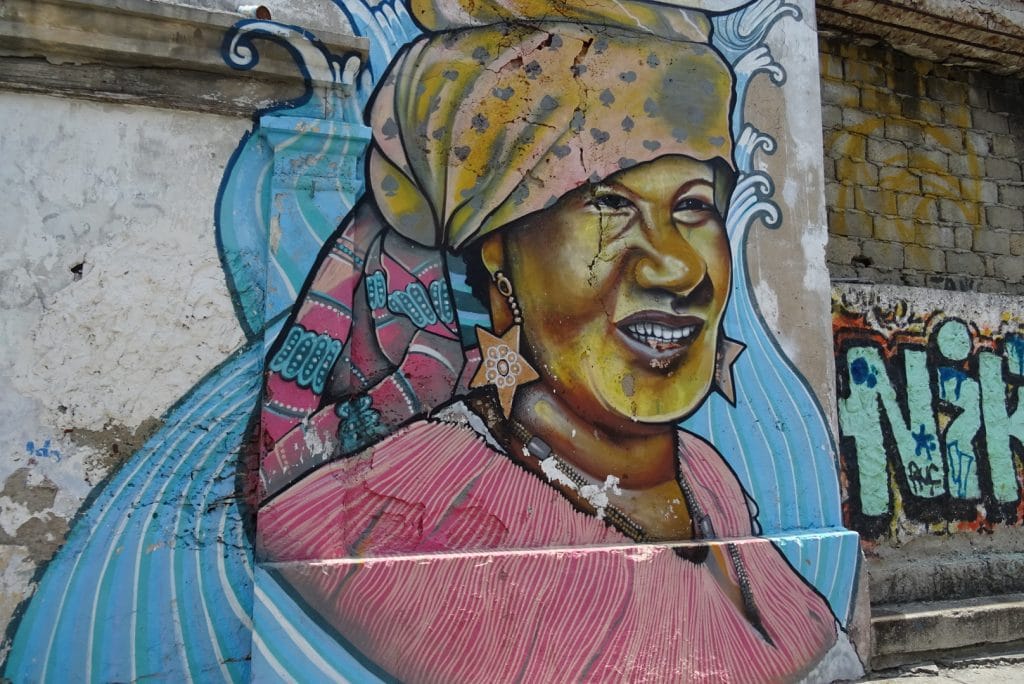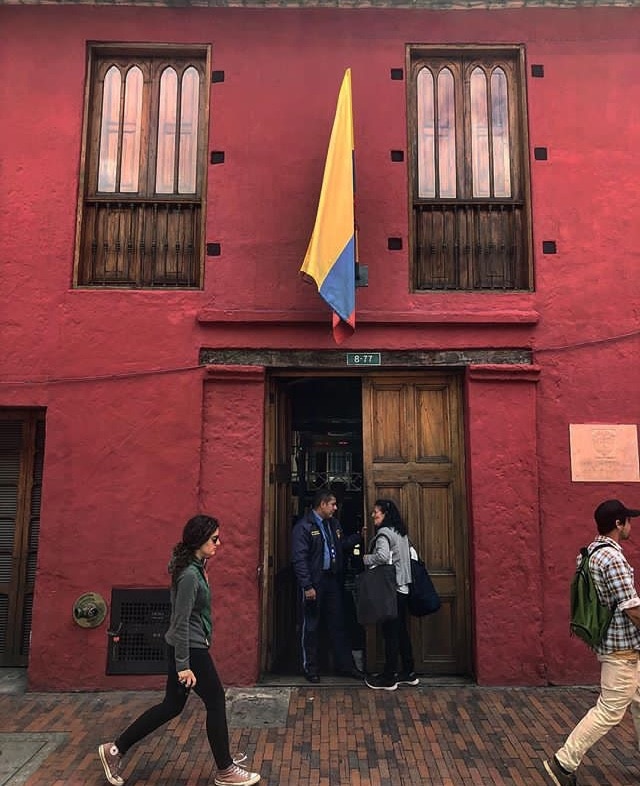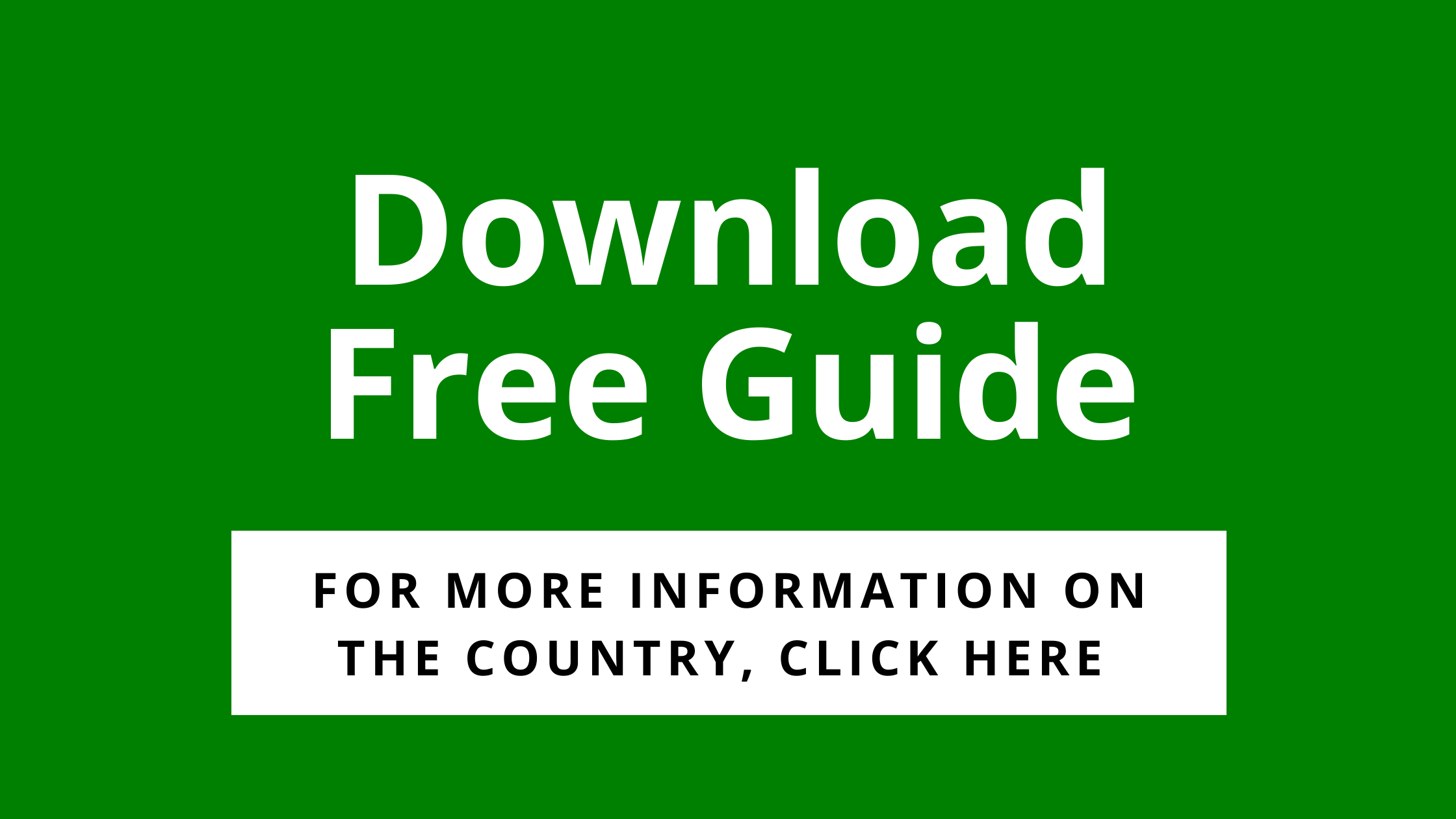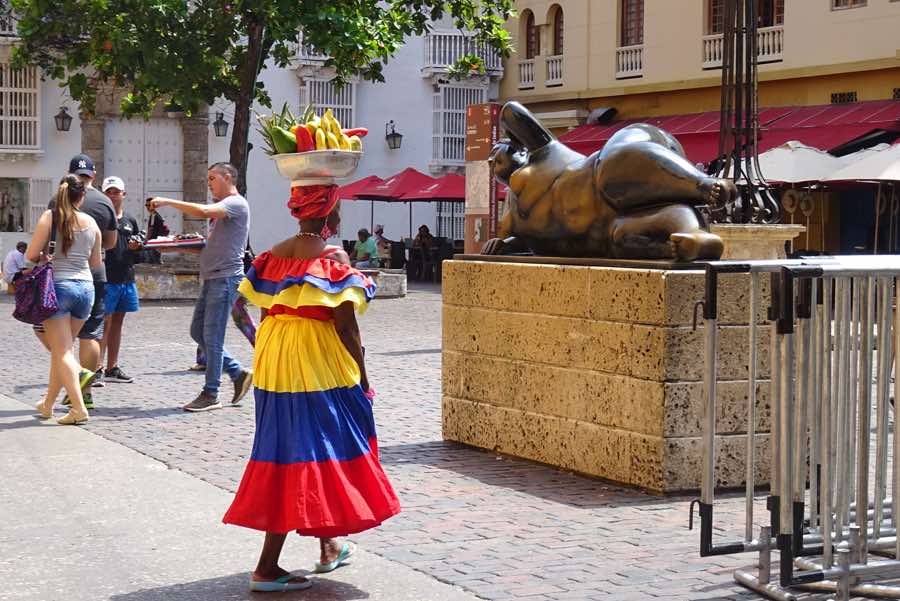Are you traveling to Colombia soon? As for any trip abroad, it is important to be well prepared. Read our important recommendations and suggestions in this comprehensive guide for your upcoming stay in Colombia.
We have compiled information on the different regions and their climate zones, the highlights of each region, health and safety, but also altitude sickness and what to put in your luggage.
Do you know the regions of Colombia ?
Colombia is the 4th largest country in South America. The country is surrounded by Venezuela and Brazil to the east, Peru and Ecuador to the south and west by Panama and the Pacific Ocean, to the north by the Caribbean Sea.
For years, the armed conflict in Colombia has prevented any development of tourism. But since the agreements signed with the FARC and improvements in security, the number of visitors to Colombia increases each year.
Its diversity of climate zones and therefore of biodiversity result in an exuberant nature, an abundant flora and fauna. It also offers between the Andes and the coasts, the possibility of ecotourism and responsible tourism development.
Follow the guide : Seasons and regions in Colombia
There is no real bad season to travel to Colombia. Any season has its pros and cons, knowing that sometimes it may be interesting for you to travel in the rainy season, because you want to see the waterfalls at their best!
The dry season is between December and March and again in July and August. So we could say that this is the best season to travel. But the other months are just as good, because the climate in Colombia is rather moderate.
The wet season (which varies by region) is between April / May and October / November.
For whale watching, you should plan a trip between July and October.
You see, there is no ideal season, it all depends on what YOU want to see and do!
A small guide region by region
Andean regions (with the cities of Bogota and Medellin)
Bogota and Medellin are located in the Colombian Andes at altitudes of 2,600 m for Bogota and 1,500 m for Medellin. Both cities have a temperate climate, but be aware that in Bogota it can be colder (between 5° at night and 20°C during the day according to the seasons), compared to its higher altitude.
In Medellin the temperatures are more pleasant, between 8° at night and 27°C during the day.
Best travel months
- Dry season between May and October
Even during dry season, it is strongly recommended to bring warm clothes, a jacket for the evening or when the sun is hiding. The temperature is pleasant during the day, even hot. It is advisable to bring sunglasses, a good sunscreen and a hat. The sun here is not the same as in Europe.
On the other hand, temperatures cool significantly in the evening. Houses and hotels do not always have heating. For the chilly ones, we recommend a hot water bottle.
Visit
- Bogota with its museums (Gold Museum), flower market, Candelaria district
- Medellin: Museum of Fernando Botero, popular neighborhoods with graffiti, Botanical Garden
- Popayan for its colonial charm, one of the most beautiful cities of Colombia
- Salento and the coffee region
- Cali, the city of salsa
- and the archaeological complex of San Agustin
Carribbean
The Caribbean can be visited all year round.
Best travel months
- Between November and February
In the Caribbean region it doesn’t rain much and temperatures are very pleasant between 24 et 33°C.
Visit
- Cartagena de Indias, a UNESCO World Heritage Site
- Barranquilla, known for its carnival, but also to be the birthplace of singer Shakira!
- The community of Guajira for an unforgettable experience in the desert
- The Natural Park of Corales del Rosario and San Bernado
- The National Nature Parc of Tayrona
Pacific region
On the Pacific coast it rains a lot and all year long. It is indeed one of the wettest areas of the planet. The “rainy season” is between April and July, and again in October and November. The temperature here is pleasant all year round, between 22 and 32 ° C.
Best travel months
- Novembre to March
- August and September
- Between July and October for Whale Watching !
Visit
- Choco and Nuqui for a rural tourism experience
- Observing of humpback whales
- Surfing and idleness
- Tasteing the local gastronomy – a delight!
Amazonia
In the Colombian Amazonia it rains especially between January and May. Here, the temperature does not change much during the year. It is always between 21 and 32°C. It is not the heat that is hard to bear, but the humidity is very high.
Best travel months
- Between May and December
Visit
- The village of Puerto Narino
- Canoe trips
- Excursions in the Colombian Amazon
This information is of course non-exhaustive and may change from one year to the next. A year with “El Nino” can make it rain a lot in the dry season or be precisely the reason for a great drought at other times.
Packing guide
Colombia is a country where you will frequently change place, so it is advisable to “travel light”. Bring only the bare essentials – a large, soft travel bag or large backpack and a smaller daypack. You can wash your clothes regularly when traveling to the countryside or even wash them yourself in a laundromat in major cities.
During your stay you will certainly make various personal purchases. This may increase the weight of your luggage, limited for your return by plane. It is therefore preferable to consider this also in advance.
As the climate is not very predictable, we recommend to bring the following equipment:
- A back pack of 20 / 30 litres
- Good hiking shoes
- A hat or cap and sun glasses
- A raincoat and warm clothes for the night
- Short pants or removable pants
- Shirts of a material that lets pass perspiration
- A fleece jacket, good socks not to get blisters
- A wool cap for cool nights
- Sunscreen and mosquito repellent
- Personal medical treatments
We also recommend that you always have some toilet paper with you. In Colombia, in the countryside, it is not common to have toilet paper in the bathrooms, so it is good to be prepared. Also be aware not to put the toilet paper in the toilet, but in the bin just close to it.
Recommendations for altitude sickness
The Andean regions of Colombia can easily exceed 2,500 m altitude which might cause altitude sickness or soroche.
If you plan to hike, start training to be physically fit. But be aware that altitude can be a problem even if you are an experienced athlete. For adults with heart problems or overweight people, we recommend that they seek medical advice from their doctor for this excursion.
When traveling by bus, we recommend to take the night buses and to reserve your seats at the front of the bus. The altitude differences and the many, many curves can have some bad consequences on your stomach. Always have fresh water with you, as well as chewing-gums and a little plastic bag.
Health Information guide
No special vaccination is required for stays in areas above 2,300 m. You just have to be up to date in your vaccines. We also advise vaccination against hepatitis A.
If you plan to stay longer in some coastal areas or in the Amazon, in areas heavily populated with mosquitoes, you will need to consider and plan the yellow fever vaccine. More information under www.pasteur.fr.
We also recommend that you take travel and repatriation insurance for your trip to Colombia.
Your travel pharmacy
- Your regular medications during treatment
- Drugs against pain: paracetamol or equivalent
- Antidiarrheal – intestinal antiseptic
- Treatment for colds or sore throats
- Anti-inflammatory ointment – eye drops (dust, ophthalmia) – Antiseptic (like Betadine)
- Tablets for purifying water
- Elastic adhesive tape (Elastoplast) – adhesive bandages and compresses – disinfectant, double skin (protection against blisters)
- Type Biafine cream for burns
- Drugs against altitude sickness : ask your doctor
Practical information : All big cities in Colombia have pharmacies, as you might imagine. You will certainly find all the basic elements of your first aid kit if you don’t want to carry too much weight with you. However, if you follow any special treatment, better bring your own medication.
Security Information
Colombia has a sulphurous past, but today it is a country where you can travel without specific measures, provided you do not go out of the marked paths in tourist areas and not to venture alone in places few frequented.
Of course, preventive measures such as not exposing jewelry, sums of money, etc. are to always respect. This is also valid for all other Latin American countries.
Guide for Documents and passports
- Passport photocopies
- Copies of your insurance certificate
- Cash and credit card
- Camera and binoculars
- Notebook


